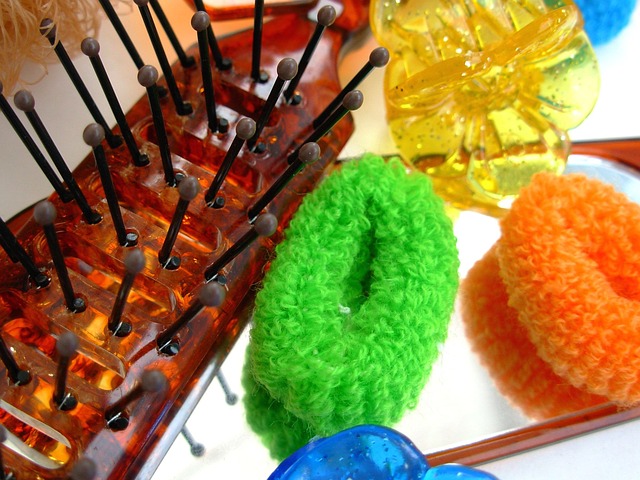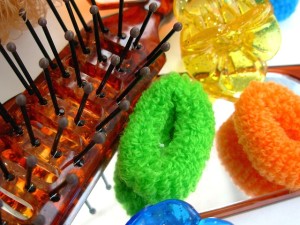Hair porosity is hair’s ability to absorb and sustain moisture. The cuticle, which is the flexible outer layer of your hair, determines this. Want to know more and why it is important?
Like mentioned earlier, Porosity is your hair’s ability to absorb and retain moisture. It is also the factor that determines how soon oil passes into your hair shaft and how soon it exits! Knowing your hair porosity is important to choose the right products or ingredients for your hair, so you can keep it healthy, strong and lustrous.
There are different ways to find out your hair porosity. We’ll take a look at different methods here.
Float Test
One of the most popular tests, this is also considered a reliable way to determine hair porosity. For this test, you remove a strand or two and add it to a bowl of water. Wait for about 2 – 4 minutes. Now, if the hair floats, it is considered low porosity, if it sinks, it is high porosity and well if it slips but doesn’t go all the way down, it is medium porosity.
Slide Test
For this, your take a strand in your fingers and slide your fingers along the hair strand. Bumps along the hair shaft show the cuticle is fairly lifted, which means it is high porosity. On the other hand, if your fingers move smoothly, your hair is considered to fall under low porosity.
Now that we know how to determine porosity, how does it affect hair routine? That’s the next question we need answered, isn’t it? Let us understand the different levels of porosity to understand that.
Low Porosity
When hair porosity is low, it is healthy. The hair is shiny particularly when dark and the strands have tightly bound cuticle with flat overlapping scales. Hair with low porosity repels moisture when you wet it and difficult to process since it resists chemical penetration.
Also, low porosity hair allows product build-up rather quickly and needs cleansing, moisturizing and conditioning. Humectants are ideal and lighter products that won’t weigh down the hair are to be chosen.
Medium Porosity
This type of hair needs very little maintenance. Cuticle is looser, so enough moisture enters and there’s no escaping often. As a result, styling is easier and nothing more than conditioning treatments will be needed here and there.
High Porosity
This is often a characteristic trait of damaged hair due to improper care, excessive chemical or heat treatments, etc. High Porosity hair has holes and gaps in the cuticles, which means moisture seeps in easily and leaves as easily! Hence, hair is prone to tangles and frizz. Any simple tasks can inflict more damage including combing or bathing!
Since highly porous hair loses moisture easily, using moisturizers, conditioners and sealers help. Depending on your hair, layering them up or using a rich hair butter can help.
Once you determine your hair porosity, you can decide your hair care regimen, along with other key factors. Depending your hair type and requirements, choose hair care products that would make your hair strong and healthy. We recommend HY Vitamins Argan Hair Care Range.

